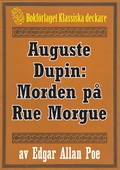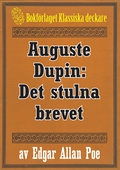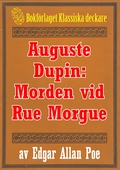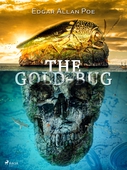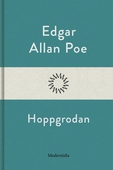
Lägg till önskelistan
The Pit and the Pendulum (Horror Classics) e-bok
Pris
19 kr
It is almost impossible to escape the Spanish Inquisition alive. However, Edgar Allan Poe’s unnamed narrator, after suffering innumerable tortures upon his body and soul in the hands of his tormenters, sees the light of the day at the very end of his sanity’s tether. Even despite the lack of supernatural elements, “The Pit and the Pendulum” (1842) has enjoyed and influenced several notable movie adaptations.
Animations such as The "Flinstones", TV series like "Crime Scene Investigation", to ...
E-Bok
19 kr
Pris
Förlag
Saga Egmont
Utgiven
26 Augusti 2020
Genrer
Noveller, Romaner, Deckare, Skönlitteratur
Serie
Horror Classics
Språk
Swedish
Format
epub
Kopieringsskydd
Vattenmärkt
ISBN
9788726586923
It is almost impossible to escape the Spanish Inquisition alive. However, Edgar Allan Poe’s unnamed narrator, after suffering innumerable tortures upon his body and soul in the hands of his tormenters, sees the light of the day at the very end of his sanity’s tether. Even despite the lack of supernatural elements, “The Pit and the Pendulum” (1842) has enjoyed and influenced several notable movie adaptations.
Animations such as The "Flinstones", TV series like "Crime Scene Investigation", to films like Roger Corman’s "The Pit and the Pendulum" (1961), starring Vincent Price and some torture methods found in the "Saw" franchise, the story’s famous pendulum scene is a rather fruitful source of inspirations. Yet, despite the terrific torments, the story focuses primarily on how terror is implicitly depicted through the workings of the mind.
Edgar Allan Poe (1809-1849) was an American poet, author, and literary critic. Most famous for his poetry, short stories, and tales of the supernatural, mysterious, and macabre, he is also regarded as the inventor of the detective genre and a contributor to the emergence of science fiction, dark romanticism, and weird fiction. His most famous works include “The Raven” (1945), "The Black Cat” (1943), and “The Gold-Bug” (1843).


